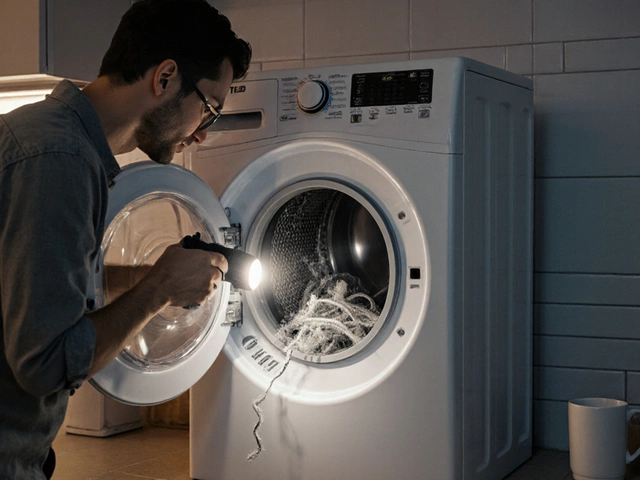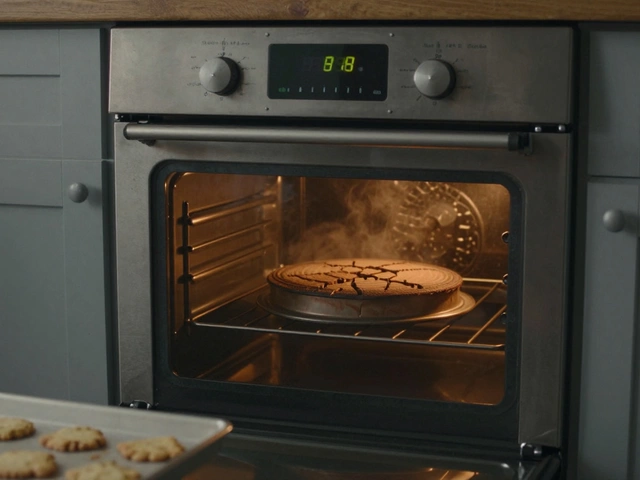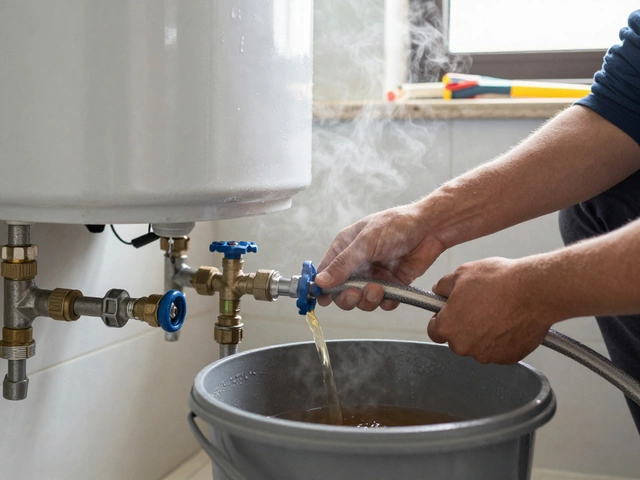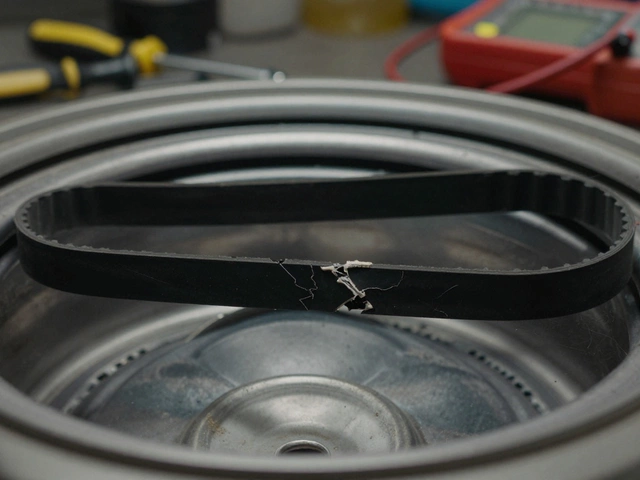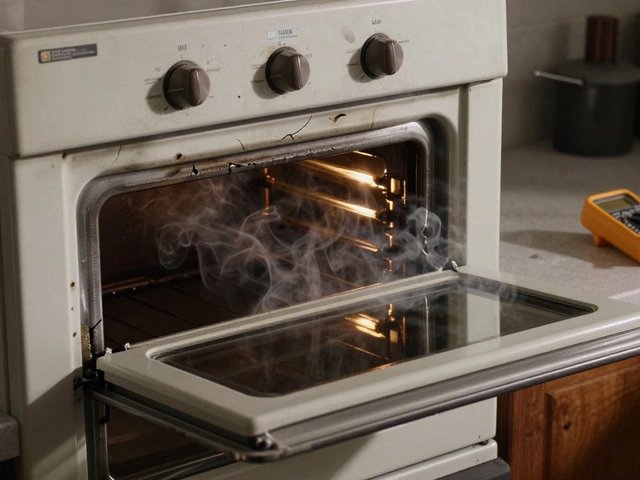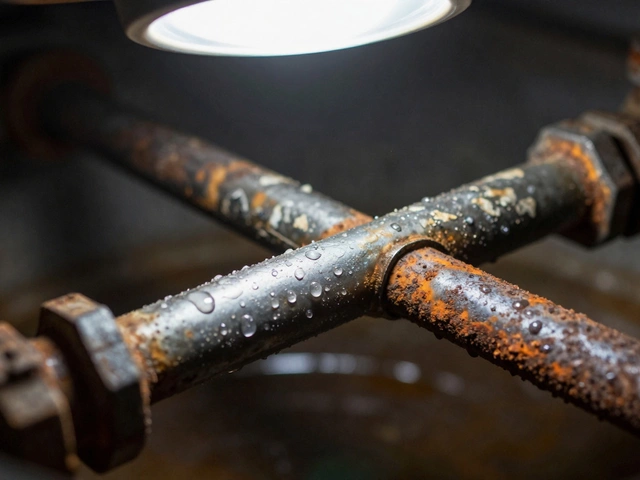Your oven's being stubborn and won't heat up? That's more common than you might think. The first step is figuring out why. It might be something simple like a blown fuse or a tripped circuit breaker. Take a look at these before diving any deeper.
If you're a bit hands-on, some issues have DIY solutions. Replacing a burnt-out bake element is something you can do with basic tools. However, if it's a thermostat or electronic control problem, better call in a pro.
Speaking of pros, knowing when to get an expert involved can save you money in the long run. A typical repair might set you back around $150 to $400, depending on the problem and where you live. But sometimes, fixing a more complex issue by yourself could end up costing even more!
- Common Causes and Quick Checks
- DIY Repairs: What You Can Do Yourself
- When to Call a Professional
- Cost Breakdown of Professional Services
- Tips to Avoid Future Issues
Common Causes and Quick Checks
When your oven isn't heating, it feels like a kitchen nightmare. But before you reach for the phone to call a repair service, there are a few common causes you can check out yourself.
Check the Power Supply
First off, is your oven actually getting power? A common culprit is a tripped circuit breaker. Head over to your electrical panel and see if any switches are in the off position. Simple as it sounds, it's worth a check.
Heating Elements Might be Toasted
The heating elements are like the heart of your electric oven. If they're burnt out, you won't get any heat. Give them a visual once-over. If you spot any cracks or blistering, they're likely done for. Replacing them is sometimes as simple as unscrewing the old and screwing in the new.
The Faulty Thermostat
A thermostat that's given up can leave your oven cold. It's supposed to regulate temperature inside your oven, and if it's broken, you're not baking anything. A professional can run a quick diagnostics to see if it's the source of the problem.
"A malfunctioning thermostat or selector switch can often be the root of oven issues," notes John Baker, a long-time appliance technician with over two decades of experience.
Double-Check The Timer and Settings
It might sound silly, but double-check your timer and settings. If your oven is accidentally set to a timer mode or incorrect settings, it won't heat as you expect. A quick reset can sometimes do the trick.
Control Board Glitches
If all else fails, it could be an issue with the control board. This is the brain of your oven, and a miscommunication here can result in no heat. A professional will likely need to take a look.
Once you've given these a quick check and nothing seems amiss, calling a professional might be your best bet. But hey, at least now you're armed with solid info on what's going on under the hood.
DIY Repairs: What You Can Do Yourself
Feeling adventurous enough to tackle your electric oven repair yourself? There are a few fixes you can try without too much hassle. But before you start, always ensure the power is off to avoid any shocks.
Check the Heating Element
The heating element is a common culprit for ovens that won't heat. If your oven's element looks broken or emits no heat, here's how to replace it:
- Disconnect the power and unscrew the element's mounting screws.
- Detach the element from the wires, and make sure to keep track of the wire placement.
- Install the new element by reversing these steps. Reconnect the wires carefully and fasten it with the screws.
Elements are typically inexpensive, around $20-50, making this a budget-friendly fix.
Test the Temperature Sensor
The oven's temperature sensor might also be at fault. A multimeter can check if it’s working:
- Adjust the multimeter to measure resistance.
- Disconnect the sensor and touch the meter's probes to the sensor's terminals.
- If the reading is outside the range of 1,000 - 1,100 ohms at room temperature, it’s time for a new sensor.
Inspect Fuses and Thermostat
Many models have fuses that can blow, stopping the heating process. Check the back panel or under the range top for blown fuses. They're usually easy to replace if faulty.
If you're regularly baking and notice differing temperatures, the thermostat might not be regulating heat properly. Swapping a faulty thermostat will need a bit more work and cost about $75, but it's doable if you're careful.
Feel more confident about these oven repair tasks? Saving on a professional call-out and learning a new skill is pretty satisfying.

When to Call a Professional
Let's face it—sometimes trying to fix an electric oven on your own just isn't worth the hassle or risk. So, when should you throw in the towel and ring up a professional? If you've checked the basics, like fuses and circuit breakers, and your oven still won't heat, it may be time for expert intervention.
Signs You Need a Pro
- If your oven's display or controls are not responding, it’s likely an electronic control board problem, which is best left to the experts.
- When there's a gas smell. Don’t even think twice here. For a gas oven, a smell suggests a possible leak—call a professional immediately. Safety first!
- A malfunctioning thermostat causing erratic temperatures is tricky to tackle. Pros have the tools and expertise to recalibrate or replace it.
- If there's no heating at all and it's not the heating element, you're likely dealing with some internal wiring or more complex electrical issues.
Cost Considerations
Paying for a professional might sting a little upfront, but it usually saves money by preventing further damage. Here’s a quick snapshot:
| Repair Type | Cost Range in USD |
|---|---|
| Element Replacement | $100 - $200 |
| Control Board Fix | $200 - $400 |
| Thermostat Repair | $100 - $300 |
| Wiring Issues | $150 - $400 |
Prices depend on your location and the specific problem. It's always a good idea to ask for quotes from a couple of places first.
Finding the Right Technician
Once you decide to call a pro, finding the right one is crucial. Look for technicians with glowing reviews, proper certifications, and preferably someone who specializes in oven repair or electric oven models. If friends or family have recommendations, even better! Always ensure they're insured and guarantee their work.
In summary, while small and simple problems can be tackled on your own, don't hesitate to call an expert when you're out of your depth. It ensures your oven is back to working order quickly and safely.
Cost Breakdown of Professional Services
When your trusty electric oven decides it's not going to heat anymore, sometimes getting professional help is the best bet. But what exactly does this mean for your wallet? Let's break it down.
Labor Costs
The biggest chunk of your expense typically comes from labor costs. On average, technicians might charge anywhere from $50 to $150 per hour, depending on the complexity of the issue and the region you live in. If the job is routine, like replacing a heating element, you might get away with just an hour or two of work. But if it's a more complex control board repair, expect it to take a while longer.
Replacement Parts
Aside from labor, you'll need to account for the cost of replacement parts. A new heating element can range from $30 to $200. If your thermostat is on the fritz, expect to add another $100 to $300. Got oven door issues? Hinges and seals could run you anywhere from $20 to $100. Prices fluctuate based on brand and model, so always double-check.
Call-Out Fees
Don't overlook the call-out fee, usually between $50 to $100, just for having a technician show up at your door. Some companies might roll this into the final bill if you choose to use their services for the repair, a small win for your budget.
| Service | Average Cost |
|---|---|
| Heating Element Replacement | $80 - $400 |
| Thermostat Repair | $150 - $450 |
| Control Board Repair | $200 - $600 |
Is It Worth Repairing?
Now, is it worth it? If the repair cost is more than half the price of a new oven, you might want to consider replacement options instead. But for smaller issues or newer ovens, a repair is usually the smart move. Consider the age and condition of your appliance before making a decision.
Don’t forget to ask for a written estimate before any work begins. It's your hard-earned cash, so be savvy and ensure you know exactly what you're paying for!
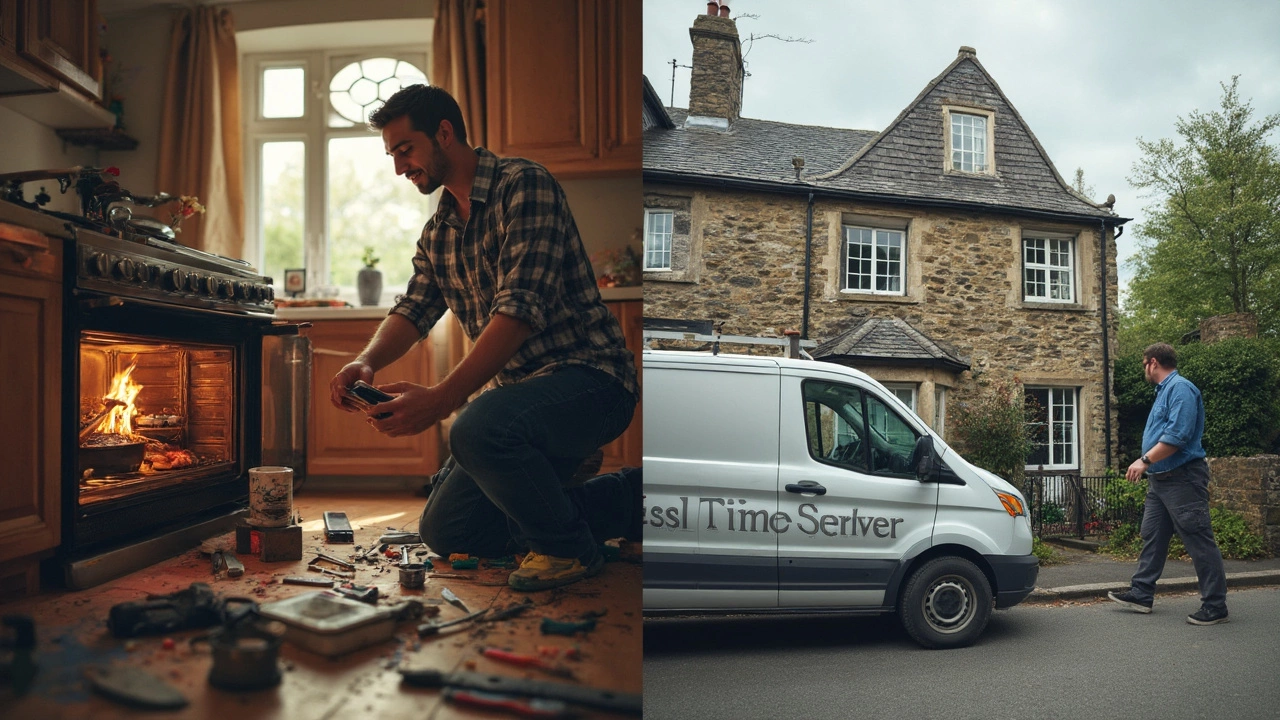
Tips to Avoid Future Issues
Nobody likes dealing with a broken oven, especially when you're halfway through baking cookies! Thankfully, you can take steps to keep your oven repair nightmares at bay. A little care goes a long way toward ensuring your electric oven remains in tip-top shape.
Regular Cleaning
First things first: keep it clean. It's a simple tip, but often overlooked. A clean oven operates more efficiently and has fewer issues. Make sure to wipe down spills quickly and avoid letting grease build up. Once a month, deep clean the oven using appropriate cleaners to keep everything sparkling.
Check the Seals
Oven seals are essential for maintaining the correct temperature. Check them regularly for cracks or damage. If they're not sealing properly, the oven works harder to heat, and you could end up with unnecessarily high energy bills. Replace damaged seals to keep your oven running smoothly.
Mind the Load
Avoid overloading the oven. Heavy items or too many pans at once can cause uneven cooking and strain the oven's heating elements. Try using multiple racks, or better yet, split your cooking into batches if you have a lot on the go.
Routine Inspections
Get into the habit of giving your oven a once-over every few months. Check connections, inspect the plug and cord for any signs of wear, and test the thermostats. It might sound excessive, but an ounce of prevention beats dealing with a costly repair.
Energy Efficiency Tips
Consider using a smaller appliance when possible, like a toaster oven, for small meals. It's quicker, more energy-efficient, and can save your main oven some wear and tear. Plus, your electricity bill will thank you!
In the end, taking these simple measures will save you the hassle of future appliance repair. With a bit of proactive TLC, your trusty oven will stay reliable for all your baking, roasting, and dinner-making needs for years to come.



